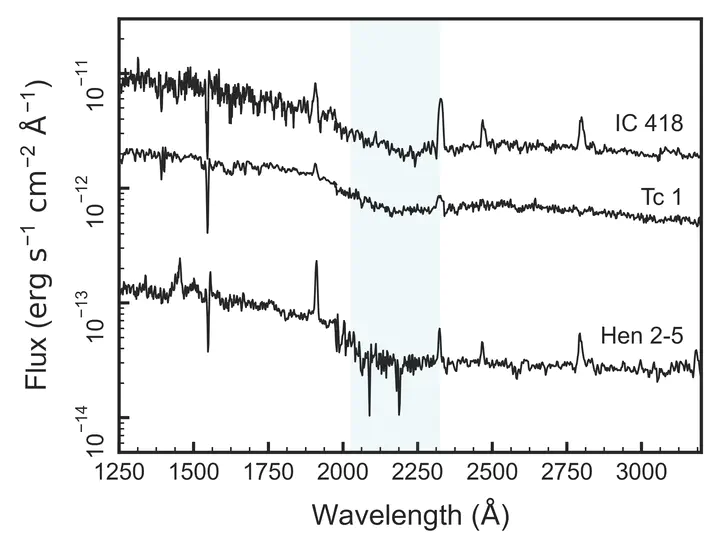New Publication: Roadmap on Carbon Molecular Nanostructures in Space

We’re excited to share our contribution to the recently published Roadmap on Carbon Molecular Nanostructures in Space in The European Physical Journal D. Read the article here
This roadmap, coordinated by the NanoSpace COST Action,brings together 40 expert contributions from across disciplines to explore the formation, abundance, and roles of carbon-based nanostructures in space. It outlines current challenges, recent advances, and future research directions in the field of cosmic nano-carbon.
Our section examines whether carbon nano-onions (CNOs)—spherical, multi-layered carbon structures—could be responsible for the 217 nm UV extinction feature, commonly known as the UV bump, observed in the interstellar medium (ISM).
This feature has remained unexplained for decades due to inconsistencies between astronomical observations and existing laboratory models. We highlight recent quantum mechanical simulations of defective CNOs, which show promising alignment with the spectral properties of the UV bump.
Using INES data from the IUE satellite, we present UV absorption spectra that clearly display the 217 nm feature across different interstellar environments, supporting our hypothesis.
Identifying the carriers of interstellar spectral features is critical to understanding the chemical evolution of the universe, the nature of cosmic dust, and the conditions for star and planet formation.
We’re proud to be part of this collaborative effort and grateful to the NanoSpace COST Action for bringing together such a diverse and impactful community.